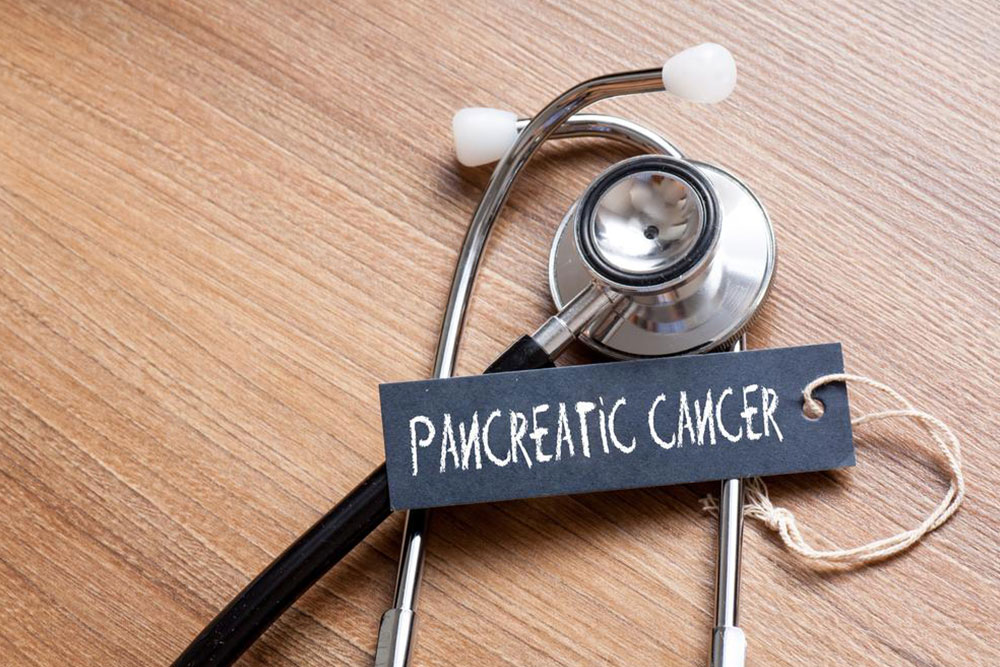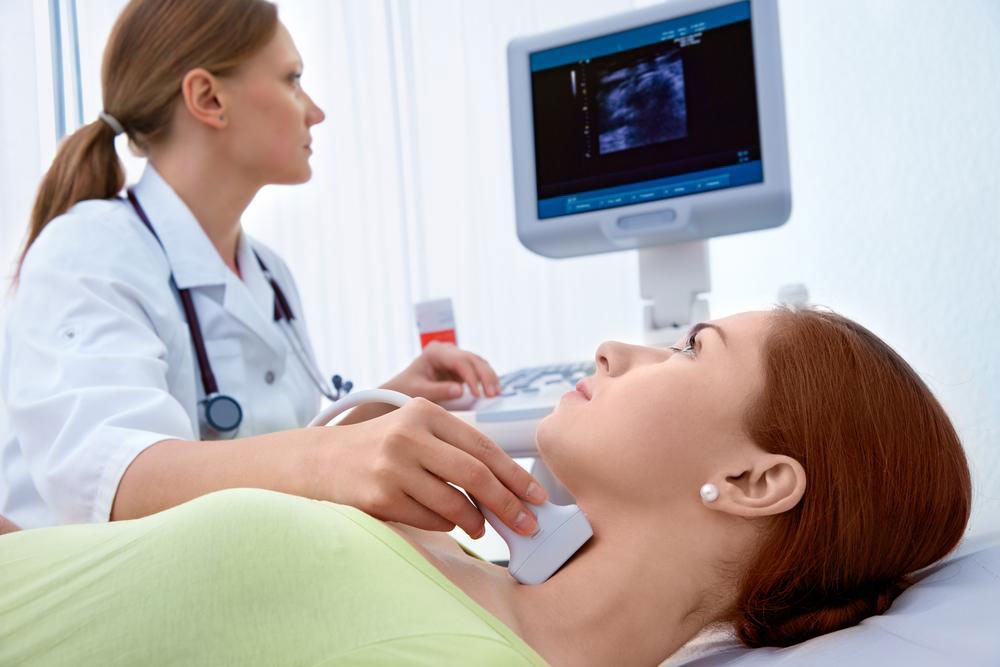Comprehensive Guide to Ductal Carcinoma: Symptoms, Diagnosis, and Effective Treatment Strategies
This comprehensive article delves into ductal carcinoma, covering everything from its causes, symptoms, and diagnostic procedures to advanced treatment options. Emphasizing early detection and personalized therapies, it equips readers with vital knowledge to prevent and manage this common breast cancer effectively. Regular screening, awareness of risk factors, and lifestyle modifications are highlighted as key to improving prognosis and quality of life. Stay informed to make proactive health decisions and ensure timely medical intervention for better outcomes.

Comprehensive Guide to Ductal Carcinoma: Symptoms, Diagnosis, and Effective Treatment Strategies
Ductal carcinoma, a prevalent form of breast cancer, originates from abnormal, cancerous cells that develop within the milk ducts of the breast tissue. These ducts serve as pathways for milk to travel from the milk-producing lobules to the nipple. Understanding the nature of ductal carcinoma, including its causes, symptoms, diagnostic methods, and treatment options, is essential for early detection and effective management. This extensive guide aims to provide in-depth information to help patients, caregivers, and healthcare professionals navigate this complex disease effectively.
Understanding Ductal Carcinoma: What You Need to Know
Ductal carcinoma is often categorized based on whether it remains confined within the ducts or invades surrounding tissues. When abnormal cells stay within the ductal structures without breaching the ductal walls, it's classified as ductal carcinoma in situ (DCIS). This early stage is generally considered non-invasive and highly treatable with a favorable prognosis. However, if the cancerous cells breach the duct walls and invade nearby breast tissues, it becomes invasive ductal carcinoma (IDC). IDC is more aggressive and can spread to other parts of the body through lymphatic and blood vessels, making timely diagnosis and treatment critical.
This form of breast cancer accounts for approximately 80% of all invasive breast cancer cases, making it the most common type encountered in clinical practice. Its detection primarily relies on screening techniques like mammography, supplemented by ultrasound and biopsy procedures. Recognizing early signs and risk factors associated with ductal carcinoma significantly enhances the chances of successful treatment and long-term survival.
Causes and Risk Factors of Ductal Carcinoma
Understanding the underlying causes and predisposing factors of ductal carcinoma empowers women and healthcare providers to identify high-risk individuals and promote preventive strategies.
Genetic Predisposition
One of the most significant risk factors involves hereditary mutations. Approximately 5-10% of breast cancer cases are inherited, linked to genetic mutations such as BRCA1, BRCA2, PALB2, and ATM. Women with a family history of breast or ovarian cancer are at increased risk, emphasizing the importance of genetic counseling and testing.
Hormonal Influences
Prolonged exposure to high levels of estrogen and progestin, often through hormone replacement therapy (HRT) or certain contraceptives, can elevate the risk of developing ductal carcinoma. Estrogen promotes cellular proliferation within breast tissue, increasing the likelihood of malignant transformations.
Dense Breast Tissue
Women with dense breast tissue face higher detection challenges due to the tissue's radio-opacity on mammograms. Increased density is also associated with an elevated risk of developing ductal carcinoma, making regular screening more crucial for early detection.
Lifestyle and Environmental Factors
Sedentary lifestyles, poor dietary habits, obesity, and alcohol consumption contribute to higher breast cancer risks. Lack of physical activity is linked to increased estrogen levels and inflammation, both facilitating tumor development.
Radiation Exposure and Prior Treatments
Previous radiation therapy to the chest area, especially during childhood or young adulthood, increases the risk. Similarly, certain chemotherapy drugs may carry a risk, although they are also used to treat cancer effectively.
Recognizing the Symptoms of Ductal Carcinoma
Early-stage ductal carcinoma may be asymptomatic, particularly when confined within the ductal structures. However, as the disease progresses or becomes invasive, symptoms become more apparent and require urgent medical attention.
Palpable Breast Lump
One of the most common signs is a firm, painless lump within the breast tissue, often detected during self-examination or routine screening.
Changes in Breast Shape and Skin
Noticeable changes include skin dimpling, puckering, or thickening, which may resemble orange peel texture, signaling underlying abnormalities.
Nipple Abnormalities
Inversion or retraction of the nipple, along with abnormal nipple discharge—particularly if bloody or clear—are possible indicators of ductal carcinoma.
Breast Pain and Swelling
Persistent discomfort or tension, especially when associated with other symptoms, warrants medical evaluation.
Swollen Lymph Nodes
As the cancer spreads, enlarged and firm lymph nodes in the armpit (axillary lymph nodes) may be detected, indicating metastasis.
Diagnostic Procedures for Ductal Carcinoma
Accurate diagnosis is critical for planning effective treatment. The following methods are standard in evaluating suspected ductal carcinoma:
Mammography
High-resolution imaging that identifies suspicious calcifications and masses in breast tissue. Mammograms are essential for screening and detecting early-stage lesions.
Ultrasound Imaging
Provides detailed visualization of breast masses, distinguishing between cystic and solid lesions, and guiding biopsy procedures.
Biopsy Techniques
Core needle biopsy or stereotactic biopsy obtain tissue samples for histopathological examination, confirming malignancy and distinguishing between in situ and invasive disease.
Additional Imaging
MRI scans may be recommended for high-risk patients or those with dense breasts to provide comprehensive assessment.
Treatment Options for Ductal Carcinoma
The management of ductal carcinoma depends on the stage, grade, hormone receptor status, and patient preferences. Treatment strategies are multidisciplinary, aiming to eradicate the tumor, prevent recurrence, and preserve quality of life.
Surgical Interventions
Depending on the extent of disease, options include breast-conserving surgery (lumpectomy) or mastectomy. Sentinel lymph node biopsy or axillary dissection assess regional lymph node involvement.
Radiation Therapy
Often administered after lumpectomy to destroy residual cancer cells, reducing recurrence risk.
Chemotherapy
Systemic treatment used especially for invasive cancers or higher-grade tumors. It targets rapidly dividing cells and can be administered before (neoadjuvant) or after surgery (adjuvant).
Hormone Therapy
For hormone receptor-positive tumors, drugs like tamoxifen or aromatase inhibitors block estrogen effects, preventing tumor growth.
Targeted Therapies and Immunotherapy
Targeted agents such as trastuzumab (Herceptin) are effective against HER2-positive cancers. Emerging immunotherapies are under research to boost immune response against cancer cells.
Prognosis and Prevention
Early detection significantly improves prognosis, with a 5-year survival rate exceeding 90% for localized ductal carcinoma. Regular screening, awareness of risk factors, and lifestyle modifications are key to prevention and early diagnosis.
Maintaining a healthy weight, engaging in regular physical activity, limiting alcohol intake, and avoiding known carcinogens can reduce risk. Women with high genetic risk should consider prophylactic measures and genetic counseling to inform preventive strategies.
Supporting Recovery and Long-term Management
Post-treatment care involves routine follow-up, psychological support, and ongoing surveillance for recurrence. Adopting a healthy lifestyle, participating in support groups, and engaging with healthcare providers are vital components of long-term management.
In conclusion, understanding ductal carcinoma comprehensively—from its causes to treatment—empowers individuals to take proactive steps for prevention and early intervention. Advances in medical technology and personalized therapies continue to improve outcomes, making early diagnosis more achievable than ever before.





